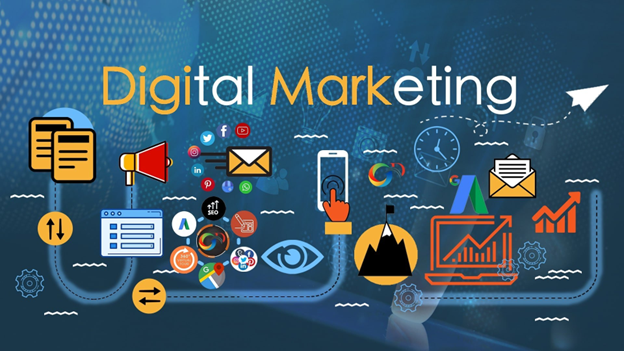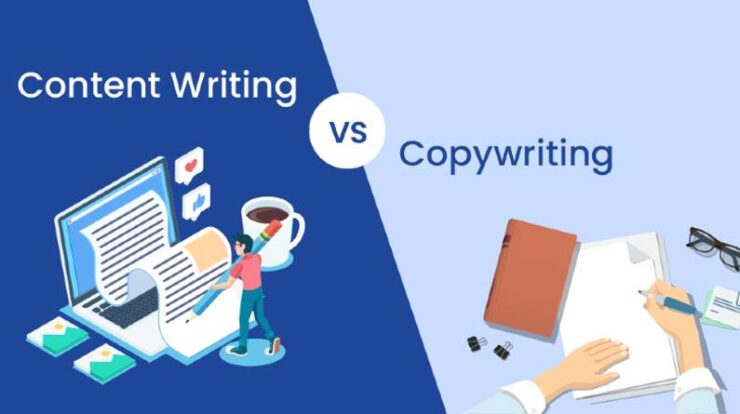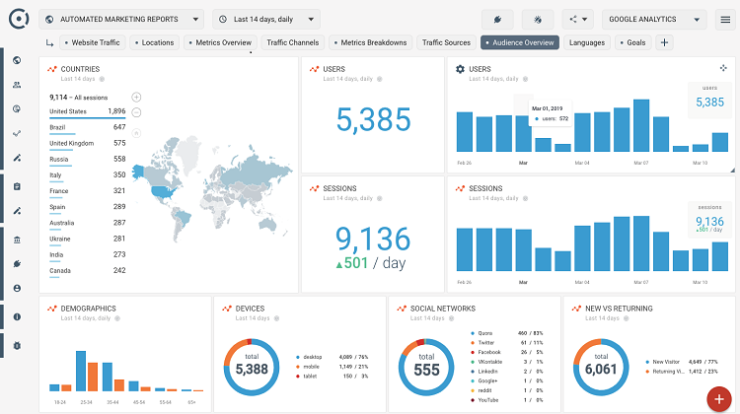
For a company’s operations to become familiarized with data, it will want to employ a business intelligence, or BI, strategy. Google BI technology allows a company to make decisions based on a complete picture of data rather than anecdote or a limited set of facts. In this post, we’ll discuss what business intelligence is, how it may benefit a firm, and what qualities to look for in business intelligence solutions for your own organization.
Essence of the term “business intelligence” offered by Google
The act of finding and evaluating data inside an organization in order to make educated business choices is known as business intelligence. BI includes a wide variety of tools and methodologies, from how data is structured and processed to how results are communicated. Google BI is used to learn about a company’s historical performance and why certain outcomes occurred.
A robust framework of how data is used from start to finish is essential for the implementation of a successful business intelligence plan:
- Data collection: A business must know where and how to collect data from visitors and customers, as well as how to organize it into a usable shape.
- Data storage: Companies handle a lot of data, and it’s usually a lot of data. To be useful, the data must be stored in a location where data stakeholders can access it reliably, such as a SQL database. A storage system must be kept up to date at all times in order for a company to respond quickly to data changes.
- Data analysis: Descriptive and diagnostic analytics are at the heart of business intelligence, and they help you figure out where your company has been, where it is now, and why things are the way they are. BI systems must be able to access data storage in order to carry out these various types of investigations.
- Data reporting: Our data and analysis are meaningless if they do not reach decision makers and other stakeholders. Data and insights should be presented in a way that anybody with a basic understanding of them can understand and apply them to make choices.
You’ll need a range of tools and supplies to execute these tasks. There are two sorts of tools to consider in this situation.
Pipeline for data storage and collection
One form of tool is data collecting and storage. Salesforce and Hubspot are two programs that collect data about a company’s visitors in a variety of ways. Businesses may utilize solutions like Amazon Redshift, Google BigQuery (https://multishoring.com/google-bigquery-and-other-google-bi-solutions/), and Snowflake to store their data in scalable data warehouses. Connecting data producers to data storage may be a snap with solutions like Stitch and Fivetran.
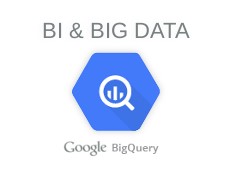
Tools for Business intelligence: Reporting and Data Analysis
Other items are known as business intelligence tools, and they are used to analyze and report on data. These BI tools allow you to assess data by connecting to and querying data sources. They make it possible to create easy-to-understand infographics and dashboards. Good BI solutions enable you to create and distribute reports to stakeholders so they can maintain tabs on important performance indicators.
Business intelligence vs. business analytics
Business analytics (BA) is a term that is often used interchangeably with business intelligence. A common distinction between business intelligence and business analytics is the sort of data analysis performed.
Google Business Intelligence is typically connected with the descriptive and diagnostic stages of analysis. That is, Google BI strives to provide answers to queries about what has occurred in the past, what is occurring currently, and why the observed pattern in the metrics exists.
Business analytics, on the other side of the coin, is keenly related to prescriptive and predictive analytics. This type of research aims to predict what will happen next or what a company should do next. Because BA requires a solid descriptive and diagnostic framework generated from BI, it is a more specialized endeavor.
How can organizations benefit from business intelligence?
Business intelligence’s overall purpose is to assist a corporation in making better decisions. A company with a successful BI strategy will have access to data that is accurate, complete, and organized. Business intelligence may be used to show past patterns to help stakeholders analyze their company’s health, alerting them to both problems and possibilities.
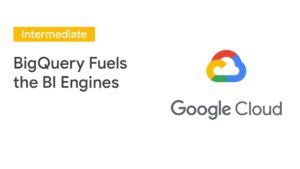
Examples of how to use business intelligence
Business intelligence solutions may assist all sectors of a company, including sales, marketing, and customer support. Both team members and executives can benefit from the output of BI tools. Data engineers and data analysts may benefit from the ease of a BI tool while conducting their own investigations.
Visualize the amount of visitors and users on a website over time to demonstrate how business intelligence is used.
- Track potential clients via a sales funnel
- Compare and contrast corporate metrics with benchmarks and goals
- Evaluate the success of marketing campaigns and experiments
- Sort users into categories based on demographic characteristics
- Produce reports to assist executives and teams in making decisions.
Data querying
In addition to being able to connect to data sources, it’s also crucial to examine how easy the BI tool is to integrate across data sources. Combining inquiries from several data sources into a single query would be straightforward with a good BI tool. Connecting and integrating data from several sources gives for additional insights that would otherwise be unavailable.
Data visualization and dashboards
Data visualization is a typical element in most business intelligence platforms. A good visual may communicate information faster than a basic table of facts. When choosing BI tools, look at the sorts of charts available and the degree of customization that can be done with them. While a restricted handful of chart types can accomplish a surprising amount, carefully analyses your use case to see if your firm requires software that can handle a highly specialized chart type.
Data analysis
It’s crucial to consider the kind of analysis that the data can support. When metrics change unexpectedly, users should be able to dig deeper into the data using a BI solution. A modern BI tool will allow users to alter and add to previous queries in order to obtain deeper insights into the data. Filters at the dashboard level, which may affect many charts at once, are another tool that facilitates analysis and exploration.
The deployment method
When choosing a business intelligence solution, it’s also crucial to think about how it’ll be used. Traditional business intelligence solutions need an on-premises installation, which covered everything from hardware configuration to software setup.
Cloud-based deployment is the preferred method for current business information. Cloud-based business intelligence solutions don’t require any particular gear and, in certain situations, merely an internet connection. Since resources are available remotely, a cloud-based BI system is easier to build and scale with a company’s data demands. Sophisticated analysis is now much easy thanks to its scalability. While on-premises installation offers certain customization benefits, you’re better off staying with a cloud-based Google BI solution.





